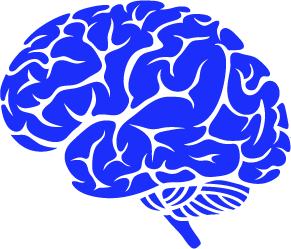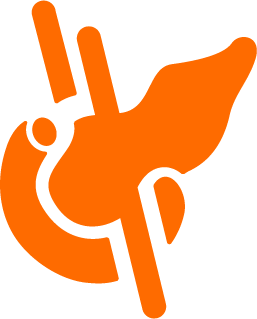WP1122:
Metabolism/Glycosylation Inhibitor
WP1122 is a prodrug of a well-known glucose decoy called 2-deoxy-D-glucose, or 2-DG. Based on pre-clinical testing, WP1122 enables increased cellular uptake of 2-DG, increased drug half-life and, importantly, an increased ability to cross the blood brain barrier, enabling greater 2-DG uptake in the brain. Our approach was inspired by the same principle that distinguishes morphine from heroin. Heroin is chemically the diacetyl ester of morphine. While morphine has a limited ability to cross the blood brain barrier (making it a good candidate for pain killing without impairing mental function), its diacetyl form, heroin, has the ability to accumulate in the brain by 10 to 100-fold more than morphine. Once across the blood brain barrier, the acetyl groups shown in this chemical diagram are cleaved off by natural enzyme esterases, leaving pure morphine to accumulate in the brain.
Key Highlights:
- ZOpen IND to initiate Phase 1 for treatment of GBM
- ZConcluded Phase 1a overlapping single ascending dose (SAD) and MAS trial with an established safe and tolerable dose
- ZSAD cohorts 1,2 and 3 completed, dosing deemed safe and well-tolerated
- ZCurrently exploring for opportunities for investigator-initiated trial for GBM
- ZGranted Orphan Drug Designation from U.S. FDA for treatment of GBM
- ZExpect to report preliminary findings from NIH-funded animal testing in Tacaribe Arenavirus
Additional Applications in Oncology:

Glioblastoma (GBM) Brain Tumors


